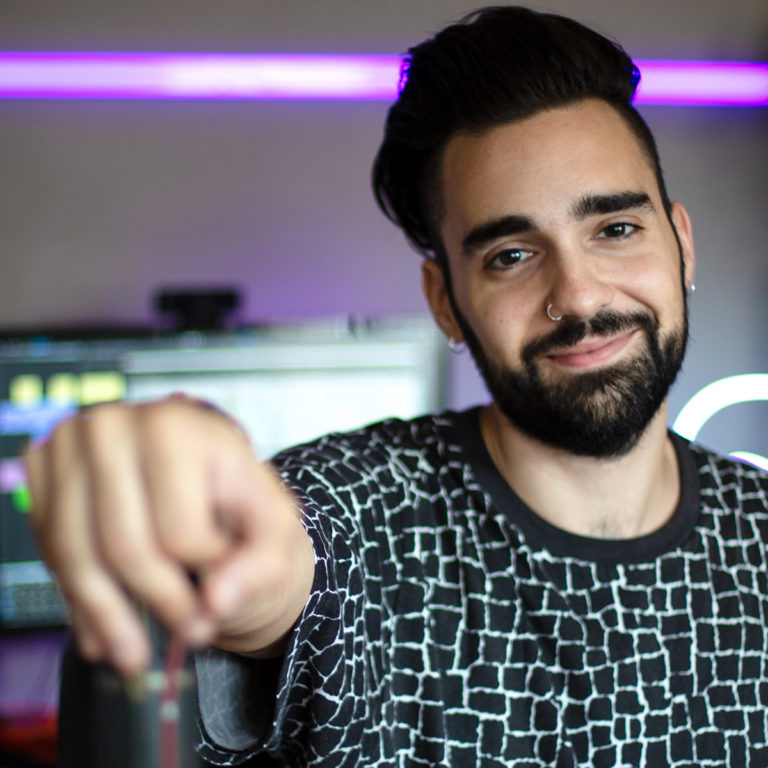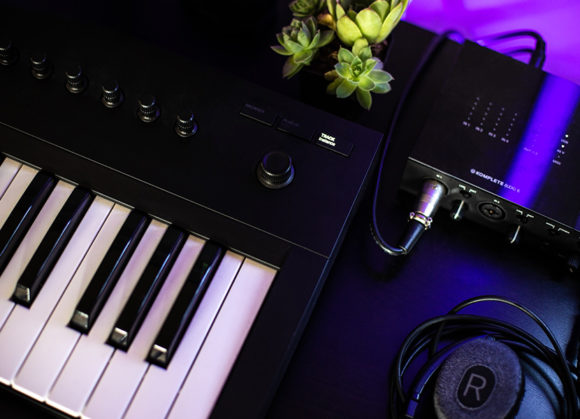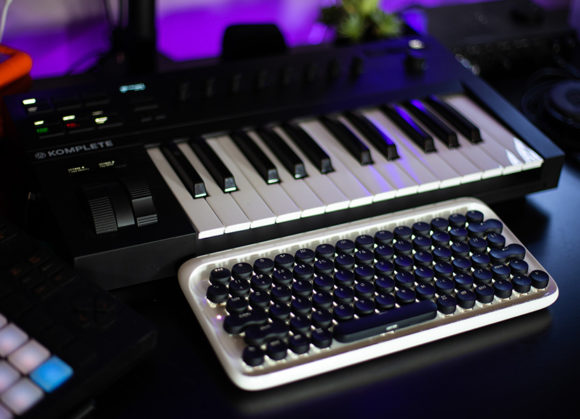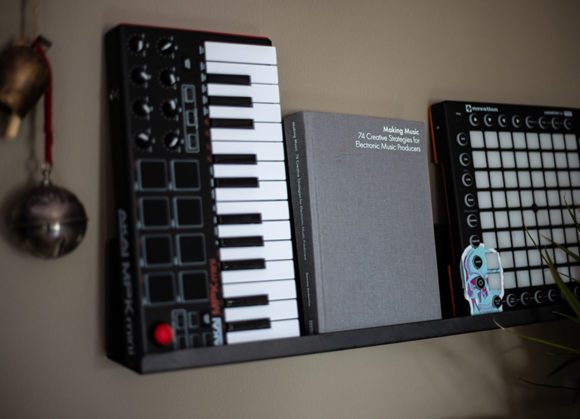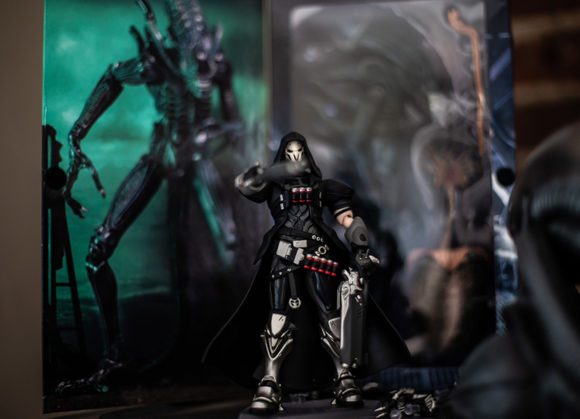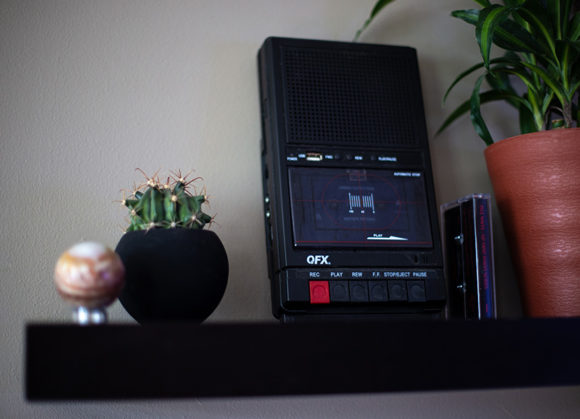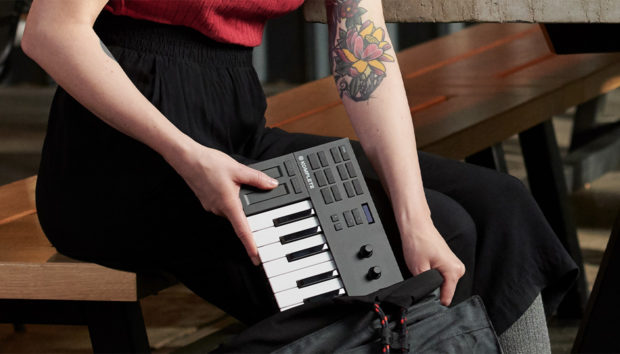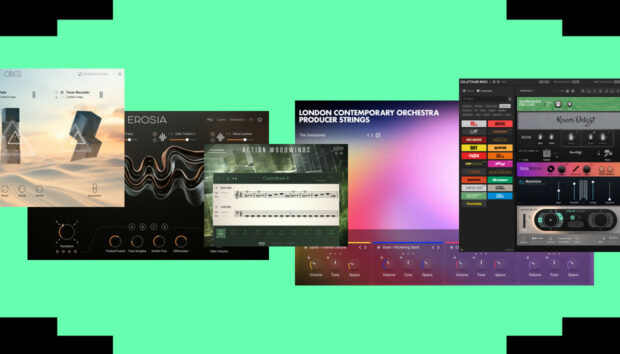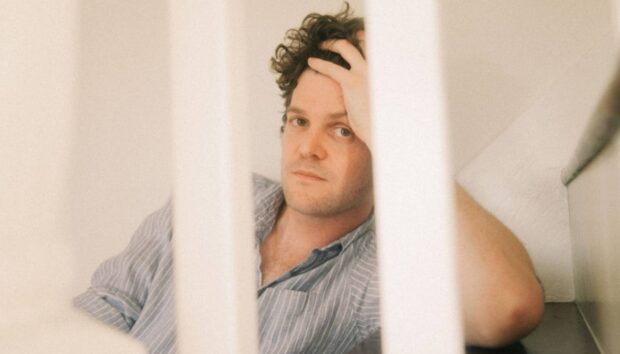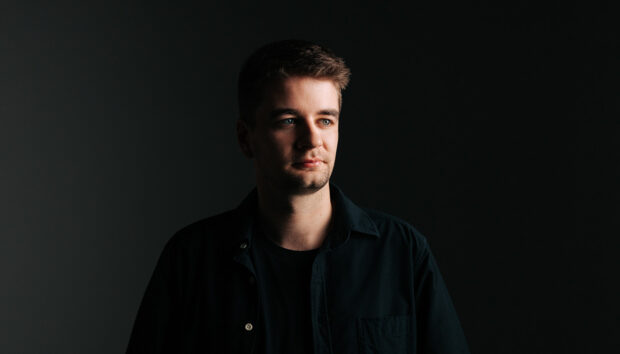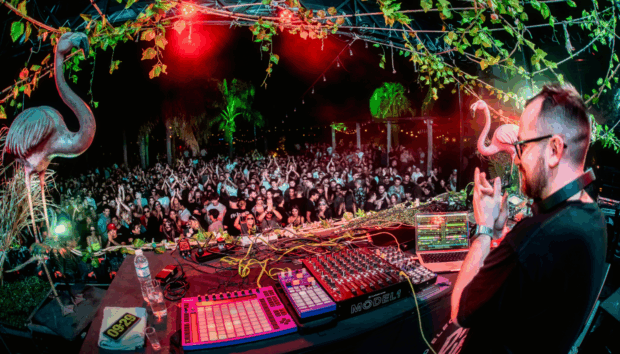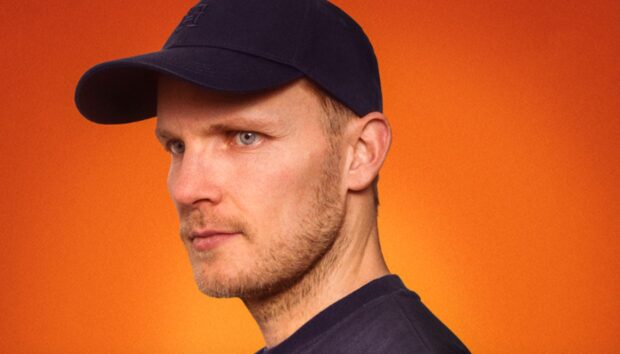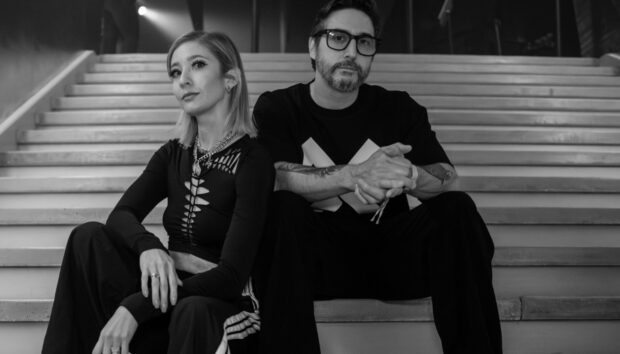You might recognize Taetro from his futuristic music-production videos – piano rolls and plug-ins suspended sci-fi-style above his keyboard as he jams out, reviews gear, and explains his production process. The vlogger, educator and all-round music expert’s unique visual style, versatility, and personality have earned him an abundance of followers since his first upload back in 2014. We recently caught up with him to talk social media success and find out about the secret sauce that sets his YouTube videos apart from the rest.
Read on to learn more about Taetro, get some self-promotion pro tips, and find out what he thinks of MASSIVE X. And don’t forget to check out his eye-catching Instagram and ever-growing YouTube channel.
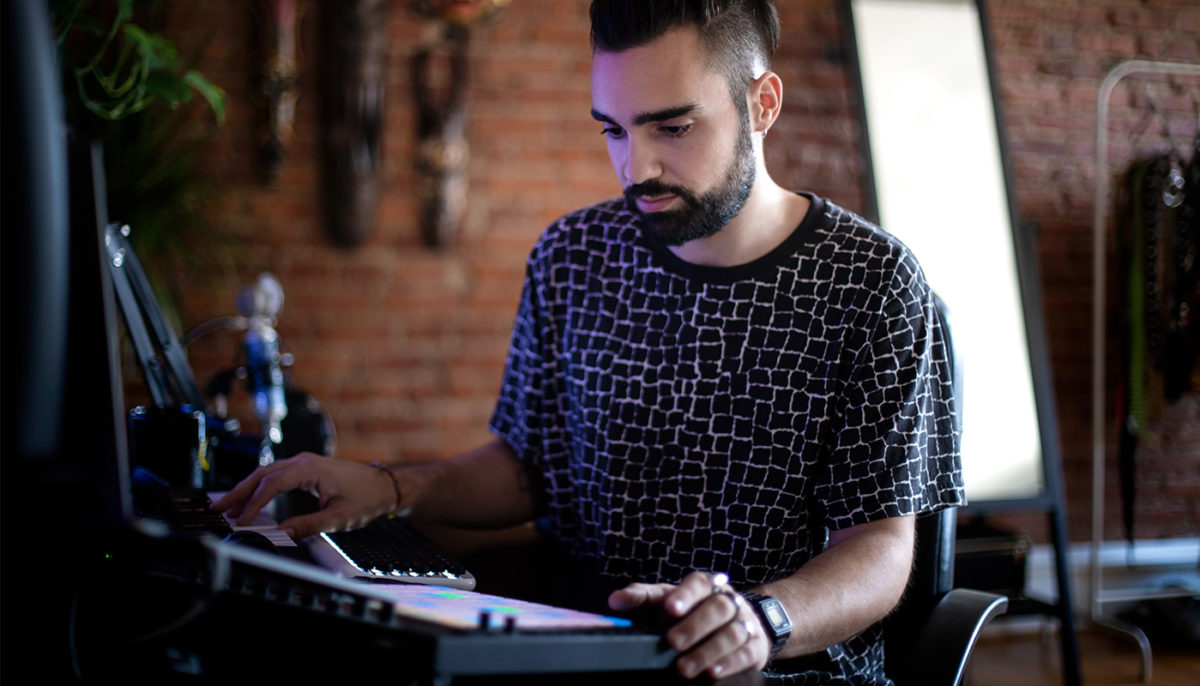
What inspired you to make music technology content for social media?
I come from the perspective of somebody who wanted to make beats and electronic music, but every time I watched an online session or a really dope video, I always had to figure out how they did it by pausing the video or by reverse engineering it.
I was noticing a lot of the people in the comments on videos would have the same questions that I had, but weren’t able to figure out the answers. So I wanted to start a channel where I took all the knowledge I got from investigating how people made these really dope sessions, and accompany them with tutorials so that people could actually learn how to do all this stuff.
How did you get started with your YouTube channel?
It started with this one performance called ‘Rain’. At the time I was in college and had put together an electronic piece for my senior recital. I filmed it at the recital, but it didn’t turn out great. So I redid the session and filmed it on the floor in my house, which got some attention, and people really liked it. I started making similar sessions, but none of them quite caught on, and I was trying to figure out why that was. I figured out that people wanted that tutorial side, the insight into how you did it… they don’t just want to see some cool sessions. Then I put out a couple of tutorials and informational pieces based on all the questions that I was getting from those sessions, and from there it just kind of snowballed.
How did you go about growing the channel?
It’s pretty much all about paying attention to the community, the people who are showing up and consuming the content. People would be asking questions in the comments, and when you start to see that same questions pop up from lots of different people, it’s a good idea to take time to answer those questions, not just as a comment, but by creating a whole video.
They’re basically giving you material when you see questions pop up multiple times like that! That takes the hardest part away, coming up with the idea for the video. You just take the thing that people need the most and make a piece about it. And of course, people come back and consume it, because they told you that’s what they wanted!
How much time do you spend marketing?
In a way, it’s all marketing. I used to think that musicians were at a disadvantage on social media because it’s such a visual platform. But then I figured out that there is a way to take advantage of the look of electronic music… we have all this gear and all of these cool setups. You’re not only providing the value on the tutorial end, but also in terms of entertainment. How do you make the content look really cool? For me that’s making cool hologram videos, or cool setup videos, while also using hashtags that get people to discover you. Having new people find your work is what you’re always chasing. Having that really cool, eye-catching visual content has been the basis of how I get my name and my word out there.
How do you determine which hashtags you’re going to use?
I’m somebody who loves electronic music and music production as a consumer, so I know what I like to look at. I think to myself, “I know I like to look at people’s setups, I’m an Ableton user so I’ll look up Ableton Live” or “I know that I’m interested in certain MIDI keyboards or controllers” and I’ll look those things up.
Basically the platforms give you all the information you need. You can see how many posts use the Ableton Live hashtag and you can just go ahead and use all that data for yourself. So you tag a bunch of relevant things that people are searching for, and you’re bound to get some attention if the content is good.
Where did the idea for your holographic videos come from?
I always have really loved sci-fi and futuristic stuff so that’s where it came from. I figured people don’t want to look at just, like, the whole Ableton screen and then somebody performing in the corner or something like that, so I was trying to make it more original.
I had seen these videos online, like people have done this before where they take screenshots of Ableton and put it on a wall or something, so it looks like it takes up a whole wall. I wanted to play on that, and once I started playing with it I came up with this idea of the hologram. It looks really cool! You just take the screen recording, crop out the section you want and then make it float there. You then distort and stretch it until it looks right. But it’s also informational because I use the piano roll of Ableton’s MIDI view. So you’re actually seeing the notes that I’m playing pop up. So it’s a little bit like you can follow along, it gives you something else to look at other than just the hands-on a keyboard or finger drumming you know?
You used Massive X in one of your holographic Instagram videos. What’s your take on it?
It’s like this much more beautiful, clean version of Massive! I really like the user interface. It’s always nice when a new plug-in comes out. It’s presented to you in a different way with a different aesthetic, and that encourages you to try out different things. I wanted to start messing with the envelopes which are really big and clear and the bottom, and this really influenced my process.
I usually start a lot of my beats with presets, so being able to dive in with Massive X and pull up some really robust sounds right from the beginning is really helpful.
Do you have enough time to work on your music?
That’s the great challenge! The reason I went independent was to make more music and to fulfil this artistic side of me that couldn’t be achieved by working a typical nine to five. But since going freelance all these other things started popping up which took up my time. Dealing with that is something that I’m just honing in now. I’m just figuring it out and prioritizing.
A lot of it is knowing where to put your energy. I’m in a position where I can take on projects I want to take on, but can also work on projects that I can outsource. This creates time, which is the number one resource I have to put into making music.
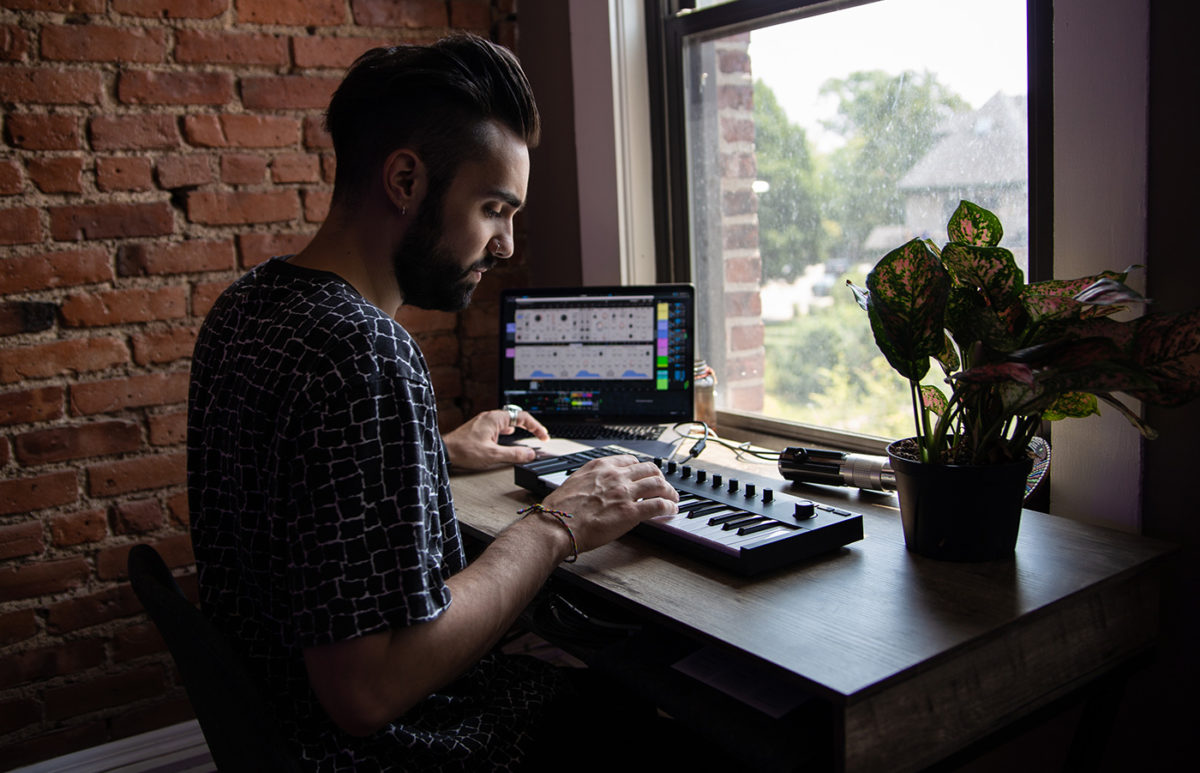
What have you learned from working with social media?
Doing this you’re constantly ppublic-facing You’re constantly interacting, and it really gives you a sense of how many people there are out there, and how many different styles of content there are for all those different people. If you haven’t found people who like your thing yet, it’s not that they’re not out there, it’s just that you haven’t found them yet. There’s an audience for everything! That’s probably the number one thing I’ve learned.
For instance, the synth community on YouTube is huge and you know, I’m not really into synthesizers. I used to think that I was at a disadvantage for not being into that, and it’s easy to get discouraged doing this. But chances are, if you’re super passionate about something there’s a community of people out there that are also super interested in the same thing. You just have to find those like-minded people.
You can check out Taetro’s content on Instagram, YouTube, Spotify and at Taetro.com.
photo credits: Rachel Tine








